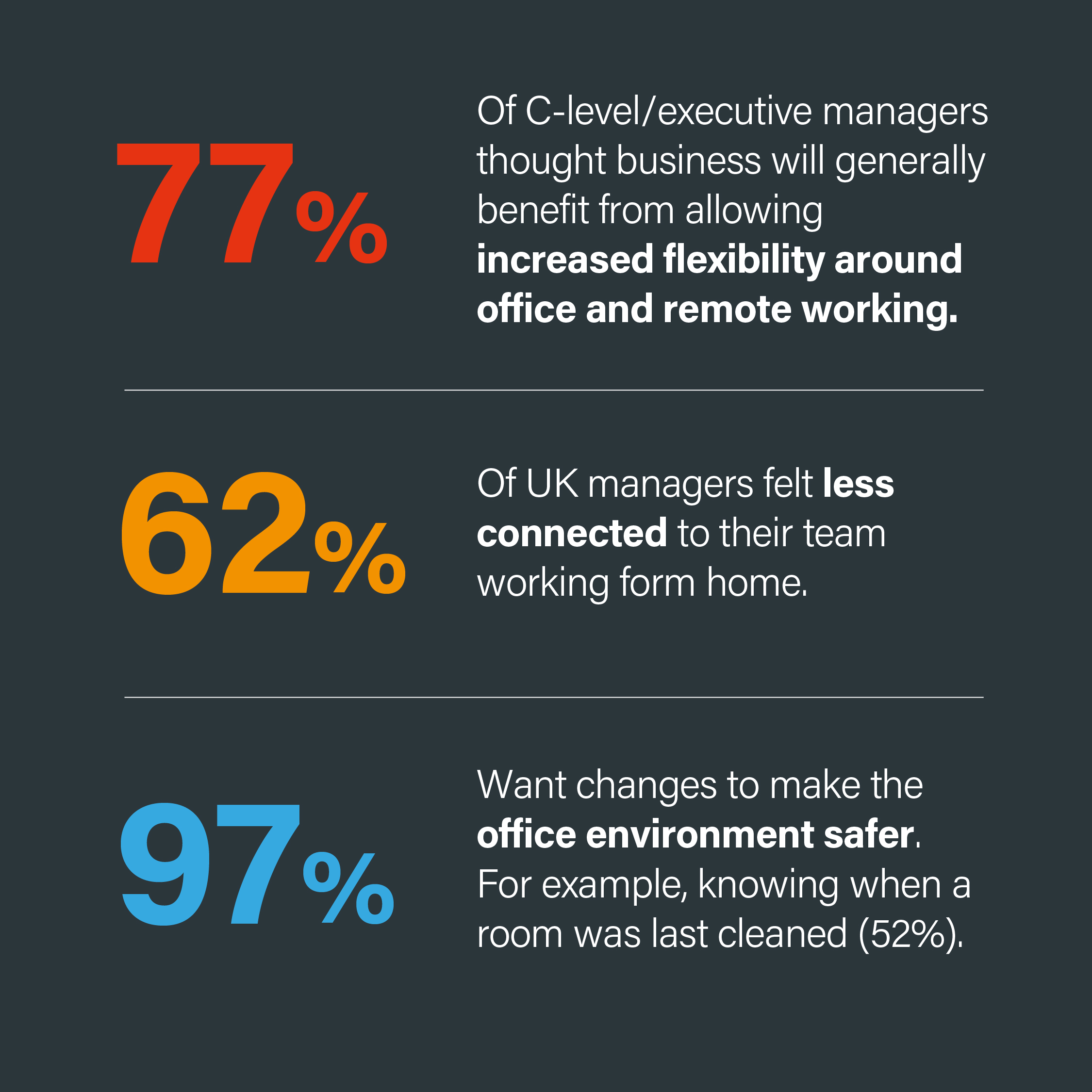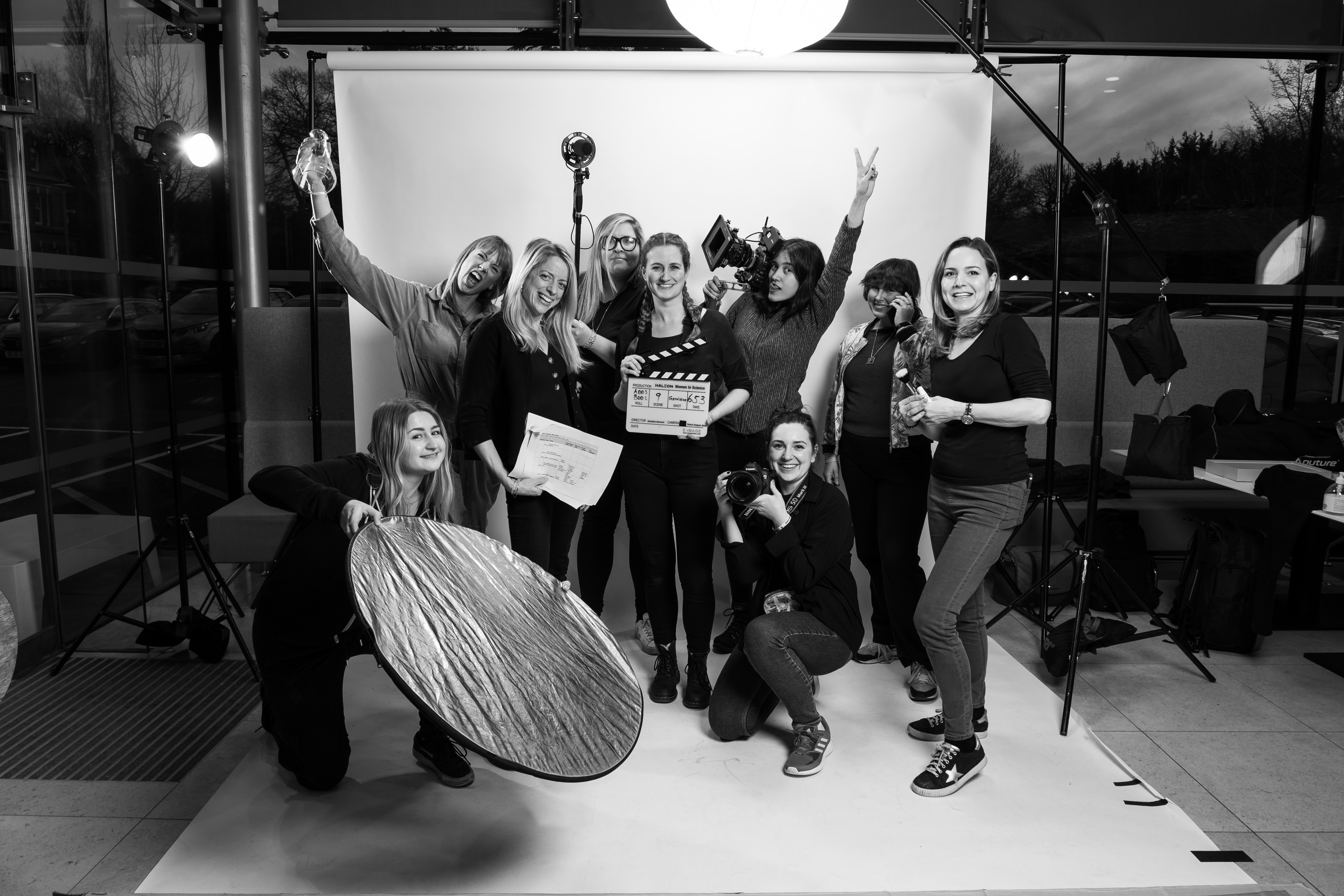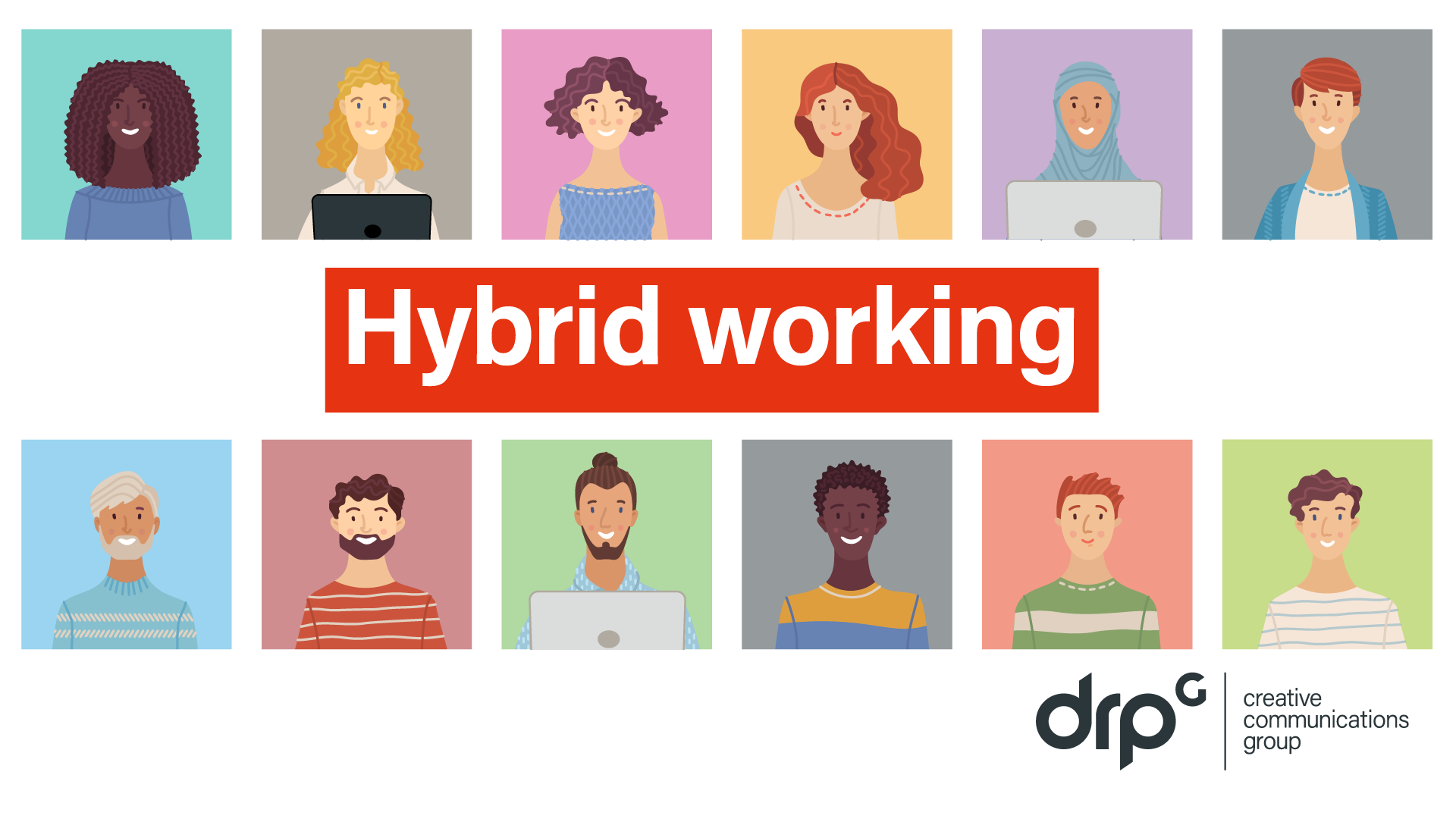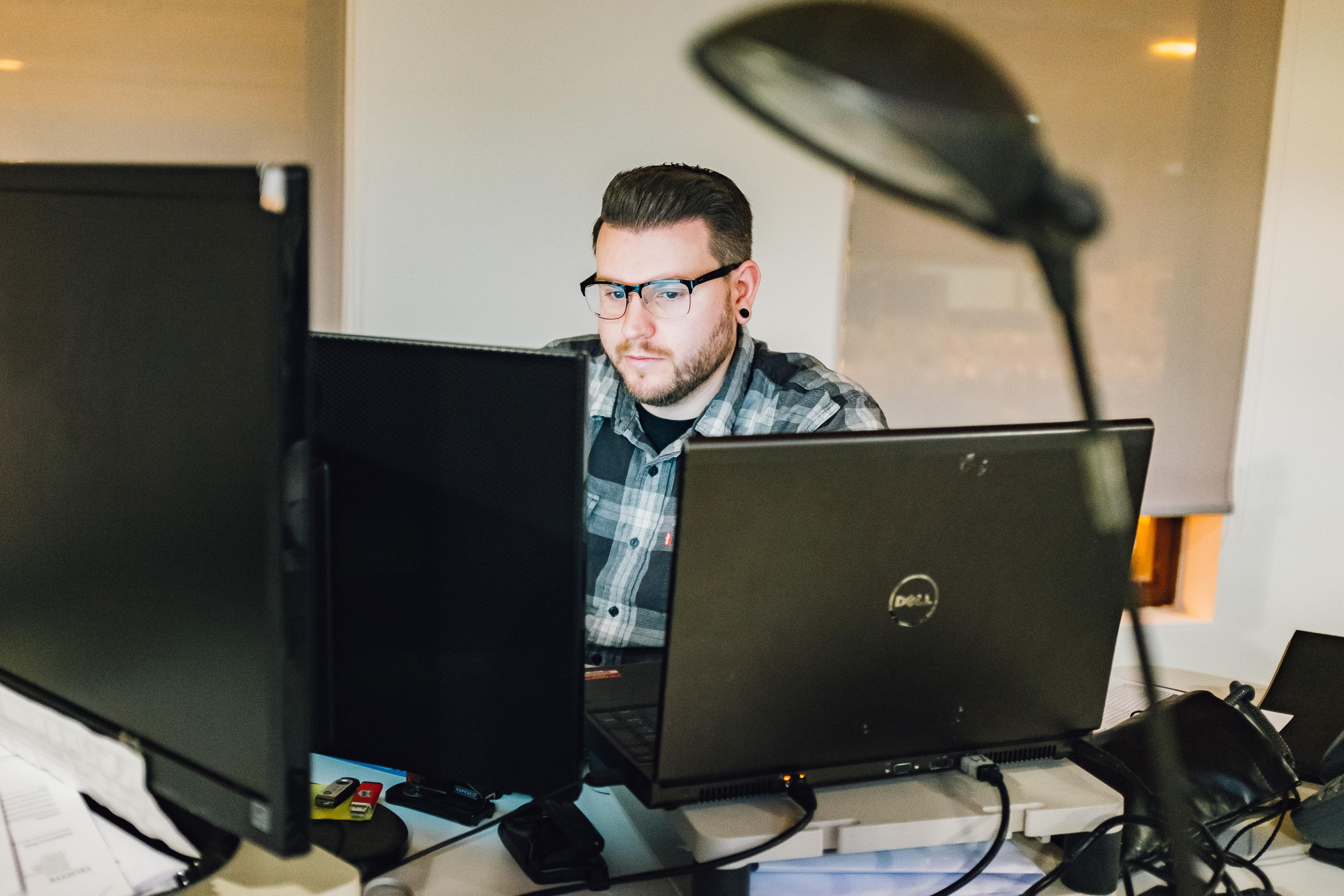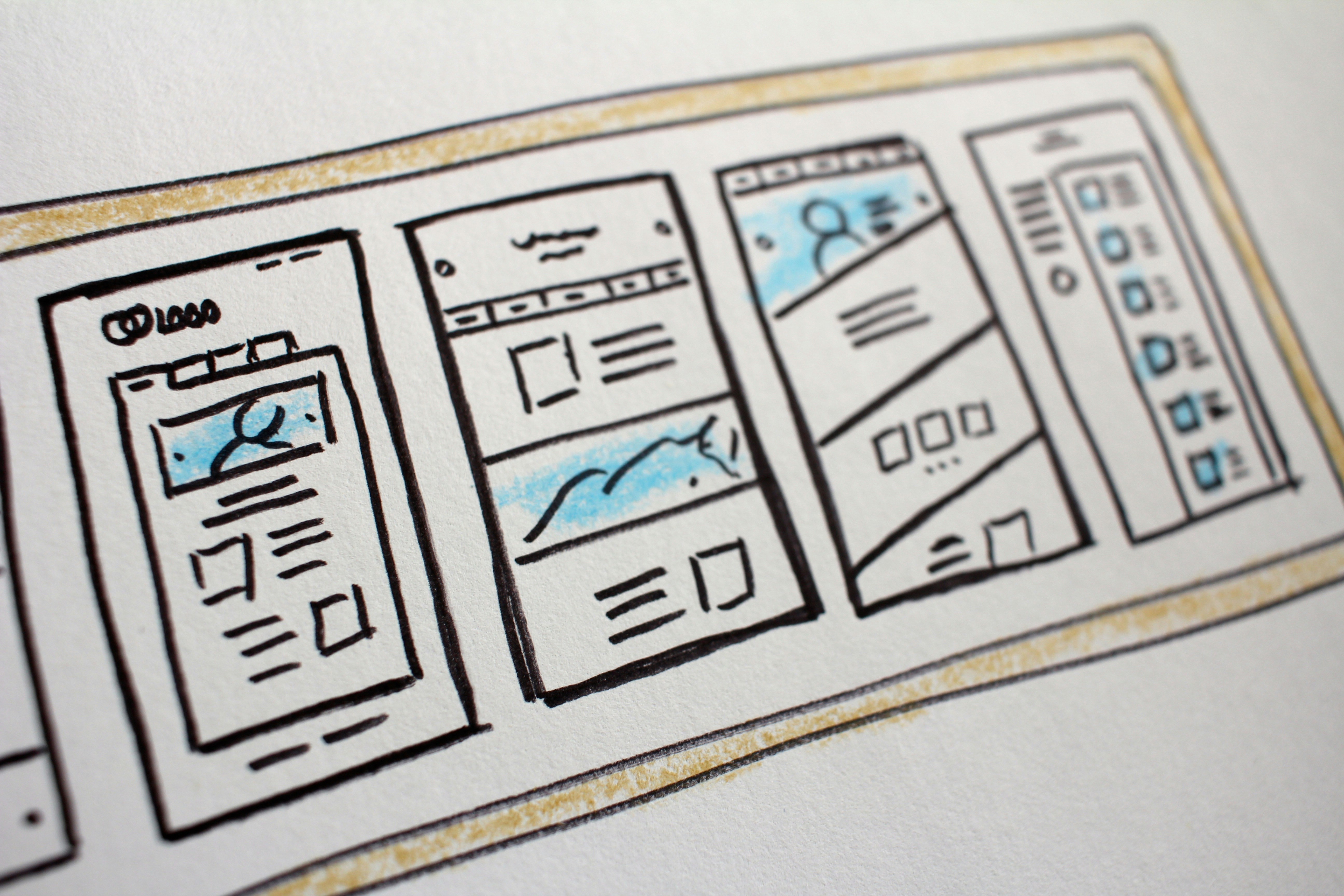After a year of exploring new methods outside of the typical office 9-5, it’s clear to see that the blended workforce will not be going anywhere post-pandemic – and this isn’t necessarily a bad thing. We now have the chance to discover what methods of working work best for both the individual, and departments as a whole. During the pandemic, we’ve had to adapt pretty quickly to this whole remote-working thing. And it’s safe to say that in most cases, we’ve all done a pretty good job. However, it’s vital that we don’t just fall back into the outdated working methods once COVID-19 restrictions have ended, and that we continue to evolve as a workforce. This is where the blended workforce model comes in.
With any new concept, there’s sure to be a few challenges along the way, but these challenges also offer new opportunities to aid the growth of your business, increase employee wellbeing and engagement, and improve work quality. Here are some challenges you may face when implementing the blended workforce model into your business, and ways that you can resolve them.
The fear of disconnection
With everyone in different locations, the fear of disconnect between departments and teams is valid, in fact 62% of UK managers said they felt less connected to their team working from home. However, we’re already well on our way to resolving this issue. The likes of work hubs, intranets, Microsoft Teams and virtual events encourage active collaboration and communication. Make sure your teams are partaking in conversations, catch-ups and aren’t afraid to click that call button when they need to chase something. However, don’t forget this disconnect can take place in the office too. Create spaces where active collaboration can happen, whether that’s meeting rooms, better-designed workspaces or just a good coffee machine and snacks can do the trick in some cases!
Employee wellbeing and engagement
Following on from the above, having employees in different locations, working different times can mean management are unable to efficiently monitor the wellbeing of all employees. A study conducted by Sony Professional Solutions found that 51% of workers felt employers could have done more to support them with remote working, and only 30% felt fully supported in their home office set up. It will take some experimenting until management find the most efficient and effective way to resolve this particular issue, however implementing regular 1:1’s and ensuring employees have everything they need to carry out their work is vital.
Balancing the unbalanced workload
It’s harder to track the workload of those who work in different locations or are doing reduced hours. While 77% of managers think business will generally benefit from allowing increased flexibility around office and remote working, many working remotely have already realised that it’s harder to switch off from work during the evenings, and that results in lots of undocumented overtime taking place too. To combat this, use work tracking tools such as Toggl and Ganttic and encourage accurately tracked time. If it’s looking too full, or a tad sparse, have a conversation over how to better manage their time. This opportunity for conversation is a great way to offer support to those with too much on their plates that are too afraid to ask for help.
Prioritising the employee experience
The worry of disconnect isn’t just about communication. The little things like being surrounded by colleagues, having access to hot food and refreshments and the big things like work do’s and team building days etc. can also be missed by those who aren’t full time in the office.
This opens up the opportunity to host more collaborative events. Invite everybody to those team building days, events and lunches – including freelancers, contractors, part timers, remote workers etc. Give them plenty of time in advance and, if possible, have a couple of dates available. For those that can’t make it, have a live stream that they can interact with.
Adapting the company benefits
With the office 9-5 no longer leading the way, do your company benefits reflect the new blended model? If not, why not look into what employees would find beneficial? This could be covering travel costs for remote workers who don’t have to come into the office often, a contribution towards Wi-Fi, collaboration incentives and more relevant learning modules. This is a great opportunity for the senior leadership team and HR to talk to employees and find out what would actually be beneficial to them.
While going back to work is going to be a time of caution, confusion and even apprehension, you need to ensure your employees feel safe, listened to and respected. 97% of employees want changes to make the office safer, for example knowing when the office was last cleaned. We’re all eager for normalcy and to get back into the swing of things, it must be remembered that normalcy has taken on a variety of different meanings for each individual. As restrictions ease, employees aged 18 to 24 are the most likely to see themselves working remotely, with three-quarters saying this will be the case at least two days a week and 13% expecting to return to an office full time post-COVID-19. It’s important that you offer your employees the option to work how they see best. If they wish to remain remote, respect this. If they want to continue part time or on different working hours, respect this. Forcing your employees back into the 9-5 after a year of dipping their toes into the modern working model may do more harm than good.
If you are struggling with any of the challenges mentioned above, get in touch with us at anythingspossible@drpgroup.com to find out how we can help you overcome these issues with robust digital, event or campaign-led communications solutions.


